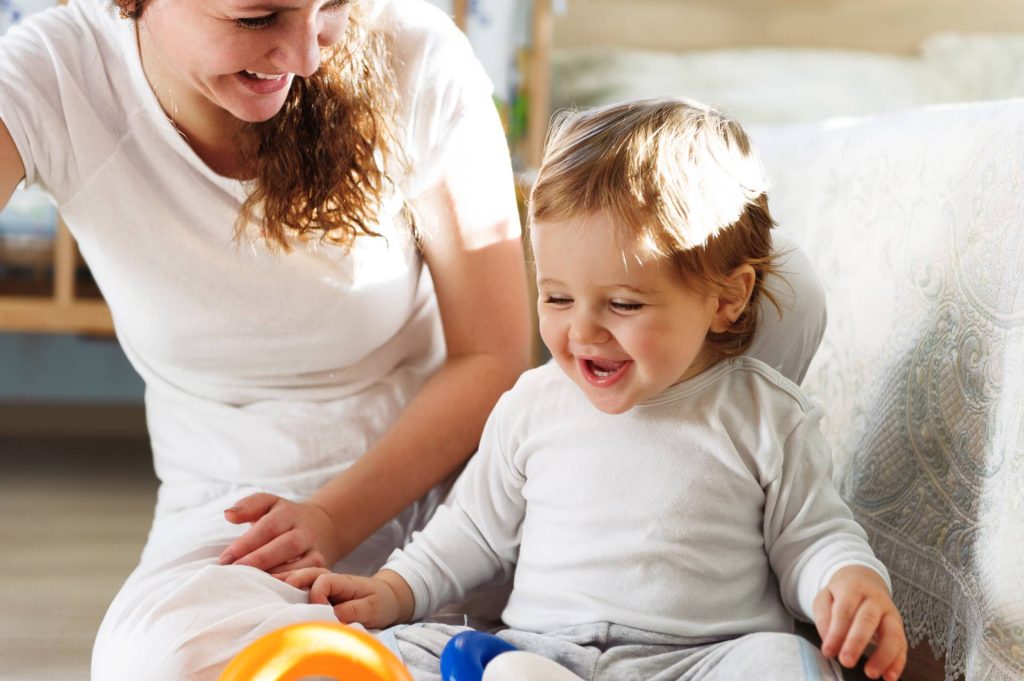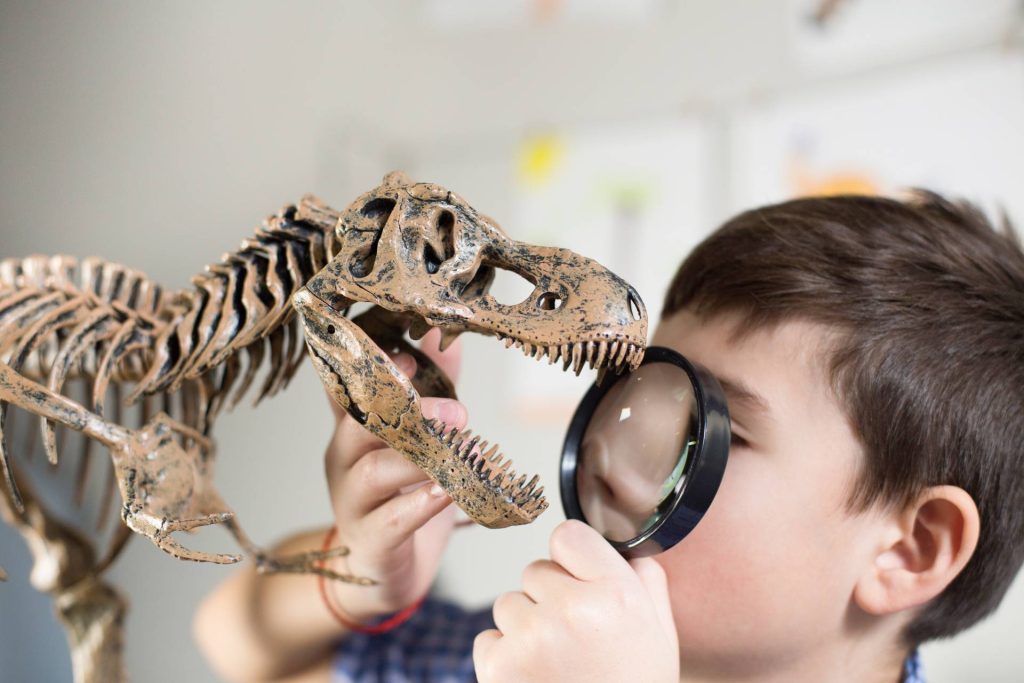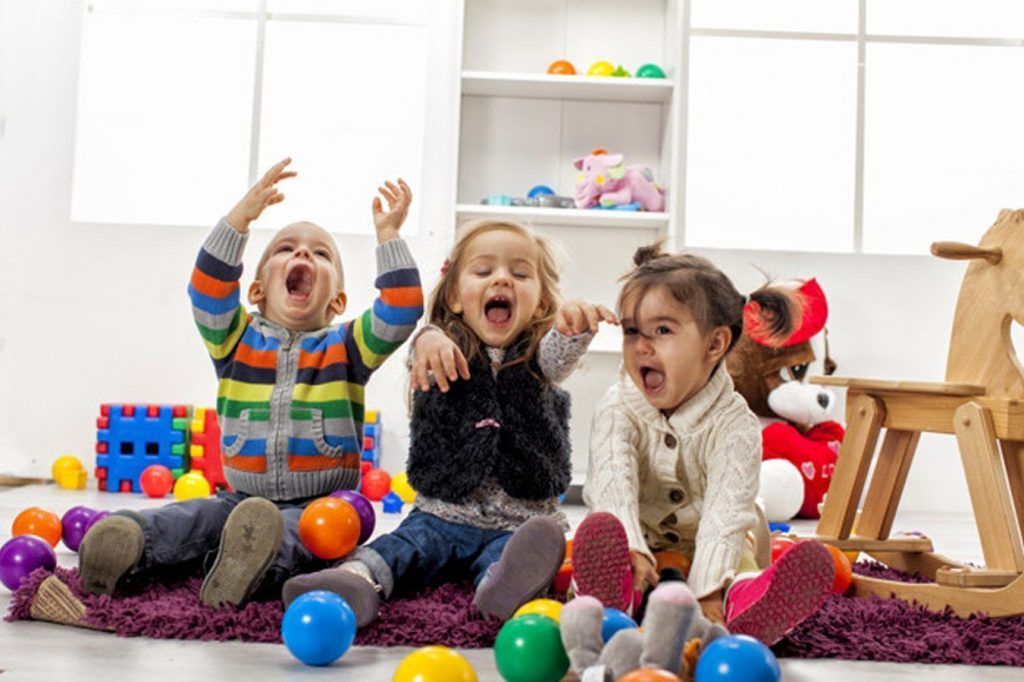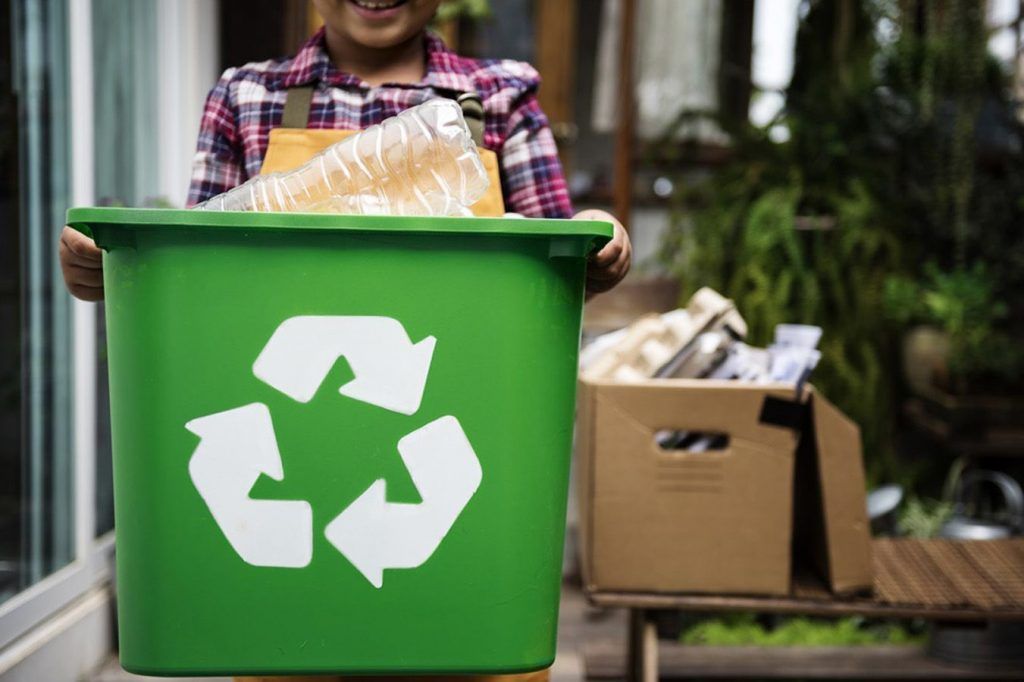“… in playing, and perhaps only in playing, the child or adult is free to be creative…”
{Winnicott}
Practice and Symbolic “Work” Play
According to Montessori, when a child is playing, they are “working”, and therefore the value of play lies in offering the child the possibility to stay grounded in reality, without necessarily activating an imaginative process with respect to the objects they come into contact with. This grounding in reality that Montessori refers to, is made possible by surrounding the child with objects they can use to carry out simple practical life activities.
This vision of play appears to be in line with the framework of Montessori’s theory of “the absorbent mind”, which refers to the mind of a young child: the elements that a child finds in their environment allow them to develop life skills which are useful for the development of movement and language. This “child-friendly” environment is easily accessible and doesn’t require the guidance or constant presence of an adult.
Nowadays we can say that play is an experience that allows the child to develop not only practical skills, but also imaginative abilities, and therefore symbolic, where the educational “goal” isn’t just learning, but also feeling, imagining and experiencing.
Piaget identified practice play, i.e., all those play activities with one predominantly simple pattern that a child repeats, thereby generating a form of learning. These are movement games which are essential for the child’s psychophysical growth.
In practice play, the child finds both “functional” pleasure (when they discover they are able to stand up on their own, for example) and “causal” pleasure (such as making a toy produce a sound).
Thanks to their extreme simplicity, these games will be the basis on which the child will experience symbolic play in early childhood. In symbolic play, the child acts out more complex patterns, of both movement and sound. These will not necessarily be linked to an “everyday” object; it can also be a new object or an imaginary situation (“let’s pretend that…”).
Therefore, practice play and symbolic play both have a dual function: cognitive and emotional. In particular, the emotional function of symbolic play can allow a “reward”,or rather,makes it possible – through imagining a given situation – for the child’s wish to be fulfilled. It can also allow them to experiment with their knowledge and use of certain social skills.
In symbolic play, the child can also re-experience real life events or situationsthat were perceived as unpleasant or, on the contrary, as fun, helping them to dedramatize or recall the emotional content of the experience, not only in a “protected” situation, like a game, but also by playing a different role from the one they had in reality (e.g., a child who plays doctor and treats one of their soft toys).
Therefore, there doesn’t have to be specific objects or “structures” (specific rules, presence of an adult, educational purposes, learning, etc.) for it to be considered play; there are also activities that can include the use of drawing or music. Using these types of activities becomes a catalyst for the child’s creative spirit, having not only an educational function, but also an expressive one.
In particular, the use of drawing in the first few years of life is linked to the expression of movement and the pleasure of leaving traces of oneself. Subsequently, as the child acquires more psychomotor skills, they acquire a specific representative intentionality and therefore goes from doing simple drawings (“doodles”, for example) to creating clearer and more complex shapes, which is an expression of their creativity, as well as of their understanding and reproduction of objects and people in their own daily life.
Another type of play activity is one that involves the use of music. We can see just how much preschool children are interested in music by their singing or moving “in rhythm”; it is no coincidence that children are most receptive to music during this period of their life.
So, depending on how organised it is, playing makes it possible for the child to enjoy a “non-rigid” experience; one that isn’t focused exclusively on pre-established objectives, therefore leaving room for a whole spectrum of possibilities to experiment and stimulate the cognitive and emotional aspects of learning and creativity.
Creativity in Play
Creativity in play can be defined as the ability to use various types of objects in an original way. In doing so, the child experiences a certain degree of:
– fluidity, i.e., the ability to try and create more play situations;
– flexibility, i.e., the ability to choose between various play opportunities, even if it is one they are less familiar with;
– elaboration, i.e., the ability to develop more complex games over time.
According to Gardner’s theory of multiple intelligences, creativity is not something that an individual possesses, but rather the result of variables, such as: the individual’s potential and skills; cultural and experiential background; and their environment, construed as a “container” that can provide stimuli from early childhood (e.g., an educator, a playmate, an adult, etc.).
In general, creativity – and therefore also creativity in play – is not only closely connected to the child’s psychophysical development, but also to their psychological well-being, because it allows them to be an active protagonist in the activities they create or imagine, both in thought and action.
Therefore, playing is still extremely valuable to the child’s development, with creativity, imagination and inventiveness intertwining with their gradual psychophysical development.
Dr. Francesca Rendine
Bibliography
• A. O. Ferraris, A. Oliviero. Fondamenti di psicologia dello sviluppo. Estratti di Psicologia. Zanichelli (2002);
• A. Lupi. The role of children’s playing in the thought of Maria Montessori and in Montessori method schools. Reladei (2016).










